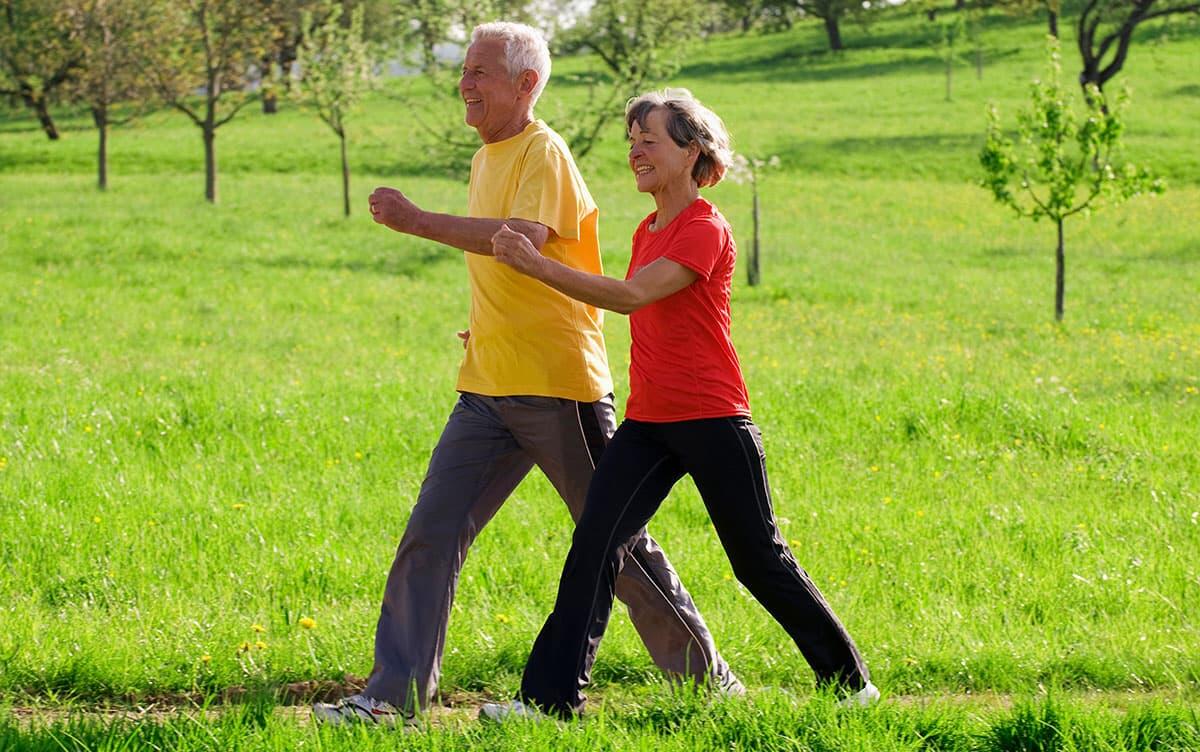Research News
Potential Roles of Dopamine and Noradrenaline in Hippocampal Activation During Light Exercise
 Image by Juice Dash/Shutterstock
Image by Juice Dash/Shutterstock
Researchers at University of Tsukuba investigated whether monoamine neurotransmitters, such as dopamine, are involved in hippocampal activation even during light exercise. Dopamine secreted from the ventral tegmental area of the brainstem and noradrenaline secreted from the locus coeruleus were hypothesized to be involved in a brain neural circuit that regulates hippocampal activation during light exercise.
Tsukuba, Japan—Recent studies have found that light exercise, such as light jogging and yoga, activate the hippocampus, thereby increasing the number of neurons and improving memory. However, the details of the mechanisms involved, the specific neural circuits activated in the brain during exercise, and the way they activate neurons in the hippocampus are not well understood.
Dopamine, noradrenaline, and serotonin, collectively known as monoamines, are critical neurotransmitters that regulate neuronal activity and plasticity and are produced by neurons that cluster in the brainstem. The monoamines transmitted to the hippocampus promote neuronal and synaptic plasticity, contributing to the regulation of memory. Therefore, this research team hypothesized that the monoaminergic system originating in the brainstem may contribute to hippocampal activation during light exercise.
To test this hypothesis, this study established a rat treadmill running model that mimicked the physiological responses in human exercise to evaluate the effects of exercise at different intensities on hippocampal monoamine concentrations and the activation of brainstem monoaminergic neurons. Dopamine and noradrenaline levels increased in the hippocampus, even with light exercise. Furthermore, in the brainstem, the dopamine-producing neurons in the ventral tegmental area and noradrenaline-producing neurons in the locus coeruleus, both of which could be the origins of these neurotransmitters, were also activated. Furthermore, the activation of these two regions were positively correlated with hippocampal neuronal activation.
The study findings indicate that dopamine originating from the ventral tegmental area and noradrenaline originating from the locus coeruleus may significantly influence the neural circuits that activate the hippocampus during light exercise. Further research is required to clarify the neural circuit mechanisms of memory enhancement activated by light exercise and support the effectiveness of exercise prescriptions on enhancing memory and brain plasticity.
###
This research was supported in part by KAKENHI Grants-in-Aid for Scientific Research (A) (18H04081; 21H04858; 24H00670) (to H.S.); KAKENHI Grants-in-Aid for Scientific Research on Innovative Areas: Next Generation Exercise Program for Developing Motivation, Body and Mind Performance (16H06405) (to H.S.); Japan Science and Technology Agency (JST)-Mirai Program (JPMJMI19D5) (to H.S.); Grant-in-Aid for Japan Society for the Promotion of Science Fellowships (20J20887) (to T.H.).
Original Paper
- Title of original paper:
- Light-exercise-induced dopaminergic and noradrenergic stimulation in the dorsal hippocampus: Using a rat physiological exercise model
- Journal:
- The FASEB Journal
- DOI:
- 10.1096/fj.202400418RRR
Correspondence
Professor SOYA Hideaki
Institute of Health and Sport Sciences / Advanced Research Initiative for Human High Performance (ARIHHP), University of Tsukuba
Related Link
Institute of Health and Sport Sciences
Advanced Research Initiative for Human High Performance (ARIHHP)



